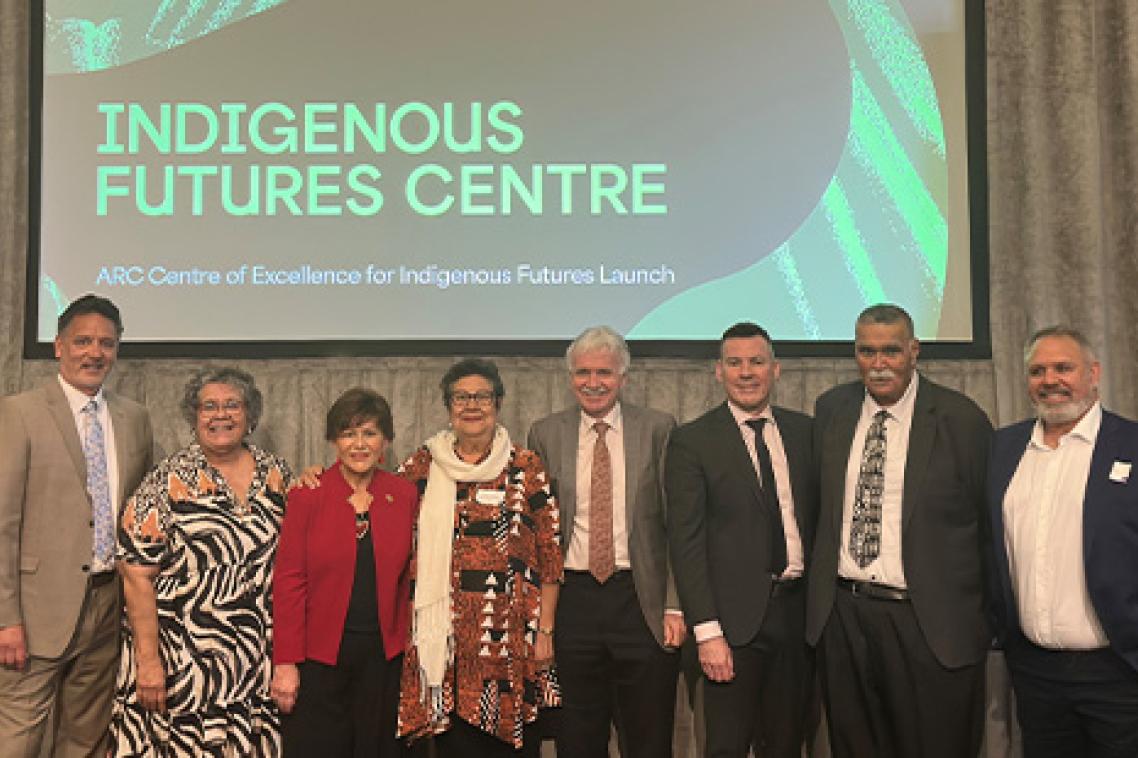Closing the superannuation gap for Indigenous Australians

(Photo credit: Clare Seibel-Barnes/Austockphoto. )
Sixty-five per cent of Aboriginal and Torres Strait Islander people die before they can access the age pension, provoking research into systemic inequity in Australia’s retirement income system.
Associate Professor Levon Blue from The University of Queensland’s Office of the Deputy Vice-Chancellor Indigenous Engagement led a critical examination of age pension and superannuation schemes, finding simple changes could significantly improve the financial disadvantage faced by Indigenous people in retirement.
“It should be every worker’s right to retire with dignity,” Dr Blue said.
“But the current system, initially designed for white, male, full-time workers doesn’t meet the needs of many Australians.
“It fails to consider factors such as a shorter life expectancy for Indigenous people, as well as historical and socio-economic barriers contributing to 23 per cent less in retirement savings on average than non-Indigenous people.”
Study co-author PVCI Professor Peter Anderson from the University of New England said a long history of discriminatory employment practices had contributed to the financial inequity experienced by Indigenous people in retirement.
“This ranges from indentured labour and stolen wages to legislation up until 1968 that allowed employers to pay Indigenous workers less,“ Professor Anderson said.
“Indigenous people continue to earn up to 30 per cent less than non-Indigenous people.
“Lower wages, lower rates of full-time employment and higher rates of insecure work also affect superannuation accumulation.
“Some employment schemes haven’t even required compulsory employer super contributions, including the Community Development Program, which is only being phased out this year after operating for more than 2 decades.”
The research found Indigenous people also faced barriers accessing and managing their superannuation.
“In remote communities there can be issues with the required forms of ID or medical professionals to sign off on applications to release funds early,” Dr Blue said.
“Kinship structures aren’t recognised under superannuation law, so death benefit nominations can only go to legal dependents.
“This can limit the transfer of intergenerational wealth.”
Co-author Professor Mark Brimble from Griffith University said an opportunity exists to close the superannuation gap between Indigenous and non-Indigenous Australians.
“The current retirement income system consists of 3 pillars – the age pension, compulsory contribution and voluntary contribution,” Professor Brimble said.
“We propose adding a fourth pillar – an early accumulation superannuation product, ideally optional for early access from age 50 or 55.
“Non-Indigenous Australians with chronic health conditions, disability or reduced life expectancy could also be eligible.
“This super product would involve co-contributions from government, employers and individuals, offer low-cost fund management, include access to pro bono financial advice and support intergenerational wealth transfer by recognising Indigenous kinship structures instead of just legal beneficiaries.”
Dr Blue said recent history showed the superannuation system could be changed to address inequity.
“In 2022 the income tax threshold on compulsory employer super contributions was removed to help young people and those on low-incomes, and last year the government legislated for super to be paid during parental leave,” she said.
“We know meaningful reform is possible.”
The researchers note that the Indigenous Superannuation Working Group, formed in 2013, continues to advocate for Indigenous people on a range of issues.
The research is published in the Australian Journal of Social Issues.
Associate Professor Levon Blue also holds affiliations with UQ’s School of Education and Business School.
Related articles

Navigating market volatility: superannuation strategies for every career stage

Indigenous-led research centre opens at UQ
Media contact
UQ Communications
communications@uq.edu.au
+61 429 056 139
